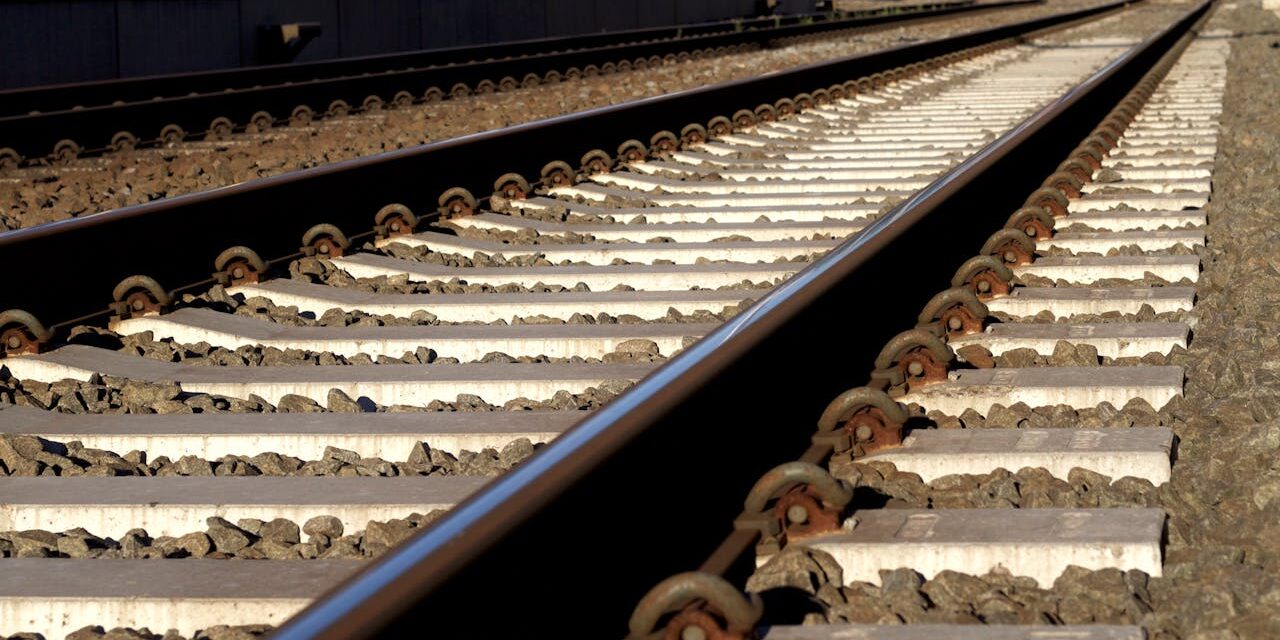Passaic, New Jersey, nestled in Passaic County, is a city with a captivating and diverse history that traces back to the colonial era, making it a unique and interesting destination for history enthusiasts.
This historical overview highlights the key events and developments that have shaped Passaic into today’s dynamic community.
Table of Contents
Indigenous Beginnings
The Lenape People
Before European settlers arrived, the Lenape people, specifically the Hackensack and Tappan subgroups, inhabited the area now known as Passaic.
The Lenape lived along the Passaic River, relying on the region’s rich natural resources for sustenance. Their presence laid the foundation for the area’s history and culture.
European Settlement
Dutch and English Colonization
The first European settlers in the area were Dutch traders who established trading posts along the Passaic River in the early 17th century.
The English later took control of the region, incorporating it into the Province of New Jersey. Passaic was initially part of the larger Acquackanonk Township, established by the Dutch in 1693.
Early Development
In 1854, Passaic was formally incorporated as a village within Acquackanonk Township.
The construction of the Morris Canal in the early 19th century spurred the area’s growth by providing a critical transportation link for goods and people.
Industrialization and Growth
Textile Industry Boom
Passaic emerged as a significant industrial center in the late 19th and early 20th centuries.
The city became known for its textile mills and factories, attracting a diverse workforce from various ethnic backgrounds. The Botany Worsted Mills, established in 1889, became one of the largest woolen mills in the United States, contributing significantly to the city’s economic growth.
Incorporation as a City
Passaic was officially incorporated as a city in 1873.
The city’s industrial base continued to expand, and its population increased. The arrival of immigrants from Eastern Europe, Italy, and other regions added to the city’s cultural diversity.
The 20th Century: Challenges and Changes
Economic Shifts
The Great Depression and the decline of the textile industry in the mid-20th century led to economic challenges for Passaic.
Despite the closure of many factories and the subsequent rise in unemployment, the community of Passaic remained resilient, adapting to the changing economic conditions and inspiring hope for the city’s future.
Cultural Diversity
Throughout the 20th century, Passaic continued to be a melting pot of cultures, each one of these cultures contributing to the city’s rich and diverse cultural landscape, making it a super bright and dynamic place to live and visit.
The influx of Latino, Middle Eastern, and Asian immigrants in recent decades has further enriched the city’s cultural landscape, fostering a vibrant community life that is inclusive and welcoming.
Modern Passaic: Revitalization and Growth
Economic Revitalization
Recent efforts to revitalize Passaic have focused on economic development, education, and community engagement.
New businesses and residential developments have emerged, contributing to the city’s growth and renewal.
Educational and Healthcare Institutions
Passaic County Community College and St. Mary’s General Hospital are not just institutions, but pillars of the community, providing essential services and contributing significantly to the city’s economic development and social well-being.
These institutions provide essential services and contribute to the city’s economic development and social well-being.
Fun Things to Do in Passaic
Cultural and Recreational Attractions
- Third Ward Park: A beautiful park offering recreational facilities, walking trails, and scenic views.
- Botany Village: A historic district with charming shops, restaurants, and cultural events.
- Passaic River: Enjoy outdoor activities like fishing, boating, and picnicking along the river.
Historical Sites
- Dundee Island Park: A park that provides a glimpse into Passaic’s industrial past and offers recreational activities.
- Passaic County Historical Society: Located nearby, this society offers exhibits and resources on the history of Passaic and the surrounding region.
Q&A: Understanding Passaic’s Legacy
Q: How did Passaic become an industrial center?
A: The construction of the Morris Canal and the establishment of textile mills in the late 19th century were pivotal in Passaic’s development as an industrial center.
Q: What were the key industries in Passaic during its industrial peak?
A: The textile industry, particularly woolen mills like the Botany Worsted Mills, played a significant role in Passaic’s economy.
Q: How has Passaic addressed economic challenges in recent decades?
A: Passaic has focused on economic revitalization efforts, including attracting new businesses, improving educational facilities, and enhancing community services.
Q: What makes Passaic’s cultural landscape unique?
A: Passaic’s rich cultural diversity, with influences from Eastern European, Latino, Middle Eastern, and Asian communities, creates a vibrant and dynamic cultural landscape.
Q: What are some popular cultural attractions in Passaic today?
A: Popular attractions include Third Ward Park, Botany Village, and cultural events celebrating the city’s diverse heritage.
The Future of Passaic, New Jersey
As Passaic continues to evolve, it remains a city rich in history and cultural significance.
The efforts to revitalize the city, its vibrant cultural attractions, and its strong community spirit promise a bright future for Passaic. The city will continue to honor its past while embracing new opportunities for development and progress.





